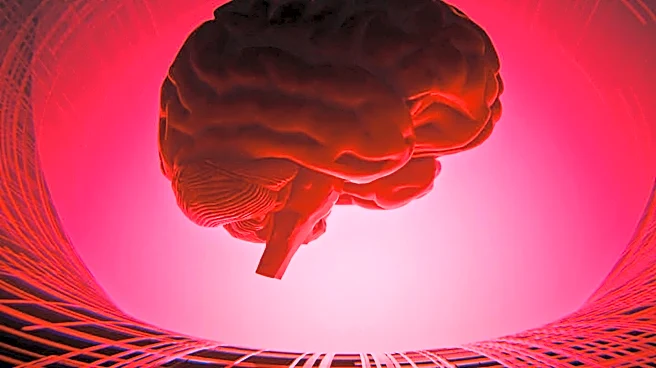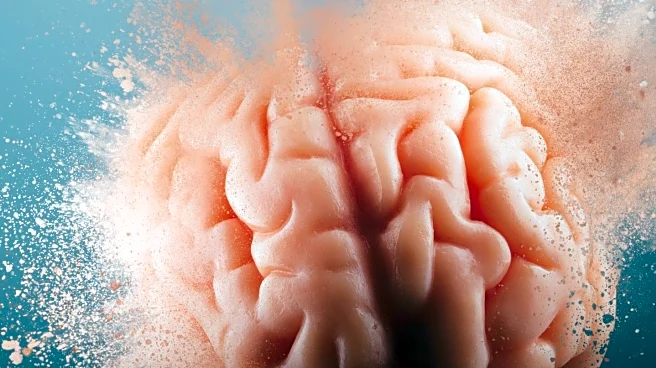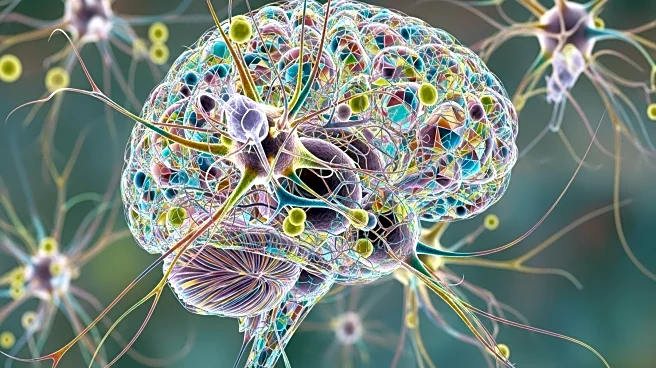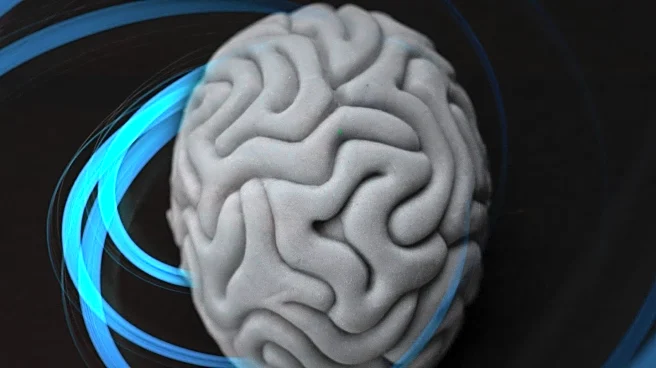What's Happening?
Researchers at Stanford Medicine have conducted a study on spatial memory decline in aging brains, focusing on the medial entorhinal cortex, often referred to as the brain's GPS. The study involved mice of varying ages and found that older mice exhibited less stable activity in this brain region, leading to confusion in spatial memory tests. The research highlights variability in spatial memory decline among elderly mice, suggesting that such decline is not inevitable. The study aims to understand the mechanisms behind spatial memory deterioration and identify potential genetic factors influencing this process.
Why It's Important?
Understanding spatial memory decline is crucial for addressing cognitive aging and related conditions such as dementia. The study's findings could inform strategies to mitigate memory loss in older adults, potentially improving quality of life and independence. By identifying genetic factors associated with spatial memory stability, researchers may develop targeted interventions to preserve cognitive function. This research contributes to the broader field of neuroscience, offering insights into how aging affects brain function and paving the way for future studies on cognitive resilience.
What's Next?
The study opens avenues for further research into genetic differences that may influence aging and cognitive decline. Researchers may explore interventions to enhance grid cell stability in the medial entorhinal cortex, potentially delaying or preventing spatial memory deterioration. Collaboration with other institutions could expand the scope of research, leading to comprehensive strategies for maintaining cognitive health in aging populations. Additionally, public health initiatives may focus on early detection and management of spatial memory issues to improve outcomes for older adults.
Beyond the Headlines
The variability in spatial memory decline among elderly mice suggests potential for personalized medicine approaches in treating cognitive aging. Ethical considerations may arise regarding genetic testing and interventions aimed at preserving memory function. The study also highlights the importance of understanding individual differences in aging, which could influence societal perceptions of elderly capabilities and contribute to more inclusive policies and practices.










